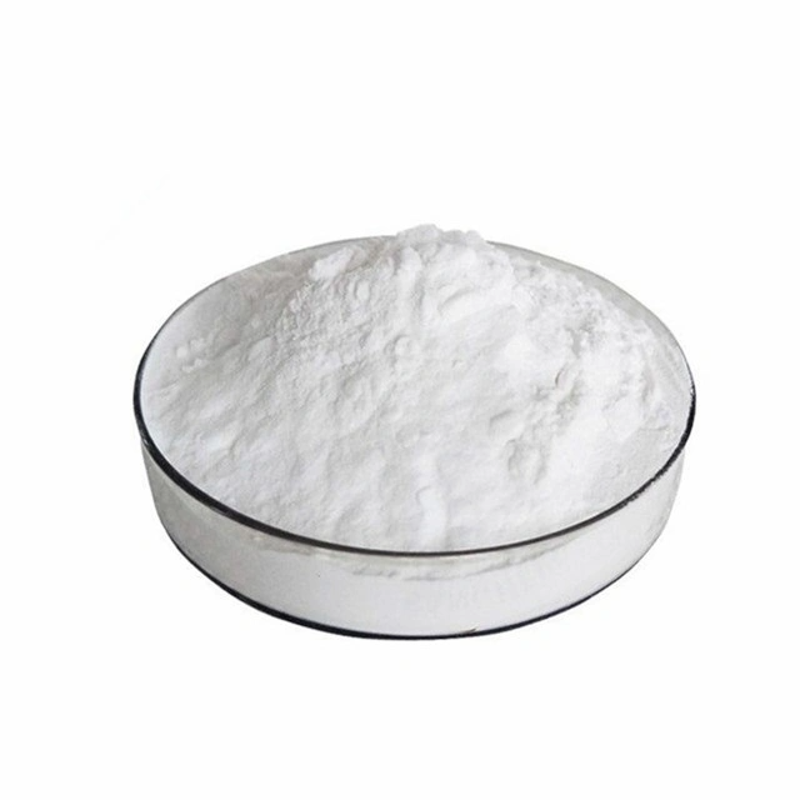Relationship between serum sodium level fluctuation serosa level and patient prognosis after aSAH
-
Last Update: 2020-06-27
-
Source: Internet
-
Author: User
Search more information of high quality chemicals, good prices and reliable suppliers, visit
www.echemi.com
Ref: Eagles ME, et alJ Neurosurg2018 Aug 17:1-6doi: 10.3171/2018.3.JNS173068theaneurysm-based cobweb subcavity hemorrhage (aSAH) is a kind of neurological disease that poses serious harm to human health, with a global incidence of about 600,000 cases per yearPrognostic factors in patients with aSAH, such as age, neurological function at the time of consultation and the amount of bleeding shown at initial CT, as well as complications during hospitalization, such as re-bleeding of an aneurysm and delayed cerebral ischemia (DCI)Changes in serum sodium levels after aSAH are common, but the relationship between serum sodium levels and aSAH prognosis remains to be exploredMatthew EEagles of Neurosurgery, Department of Clinical Neuroscience, University of Calgary, Canada, and others conducted studies on the correlation between fluctuations in serum sodium levels after aSAH and the occurrence of patient prognosis and delayed cerebral ischemiaThe results were published online in August 2018 in J Neurosurgthe study collected ischemic brain injury and cerebral infarction (Clazosentan to Overcome Ischemia and Infarction Mets Mets, SMNoS, MIND-1) clinical trials (registered: NCT0011110855) from January 2005 to March 2006The patient was tested daily for sodium serum content for 14 days from admission to aSAH3 reference indicators: serum sodium content at the time of admission, serum sodium normal value of 140mmol/L, and serum sodium content of the previous dayCalculate the average difference between the daily serum sodium content and the normal serum sodium content per patient and the average absolute difference between serum sodium content on the previous dayAt the same time, the above-mentioned changes in serum sodium content were calculated in the so-called vascular spasm window for the 3rd to 12th day after aSAHThe relationship between the change of serum sodium level and the patient's clinical prognosis or DCI was evaluated by using the step-by-step Logistic regression model, local weighted scatter plot smoothing curve and ROC curve analysis 3 months after aSAH, the improved mRS score of 2 was rated as poor clinical prognosis for patients results showed that 413 patients had 130 (31%) poor prognosis and 78 (19%) had DCI at 3 months after aSAH The results of single-factor analysis showed that the WFNS gradeIV or V, age, women, history of hypertension, use of glycol and the occurrence of DCI were significantly associated with poor prognosis at the time of admission Patients with high serum sodium content at the time of admission had a tendency to have a poor prognosis, but were not statistically significant (OR s 1.05; 95% CI, 1.00-1.10) using multiple step regression model analysis, it was found that the average difference between daily serum sodium content and baseline content at admission (p 0.001), average difference with normal serum sodium content (p 0.001), average absolute difference with normal serum sodium content (p.015), and the average absolute difference of serum sodium content (p-0.017) were important predictors of poor prognosis The LOWESS curve shows that with the increase of the average difference in daily serum sodium content, the proportion of patients with poor prognosis increases During the vascular spasms window, the average absolute difference in serum sodium content per day from admission can be used as a trend of independent predictors of DCI (p.052) When the fluctuation of serum sodium content in 1-14 days after aSAH was compared with the fluctuation of serum sodium content during the classic vascular spasm window (day 3-12), no difference was found between the prediction ability of DCI the final author pointed out that the fluctuation of serum sodium content after aSAH was associated with poor prognosis in patients, affecting the development of DCI after aSAH The authors also point out that more research is needed to clarify the relationship between hyperpermeable therapy and fluctuations in serum sodium levels and how it affects the prognosis of patients after aSAH (Li Lei, of the Tenth People's Hospital affiliated with Tongji University, compiled , Liu Chonghong, of the First People's Hospital in Changshu City, Jiangsu Province, review, editor-in-chief of "Outside Information" and professor of Chen Guancheng, affiliated with Fudan University)
This article is an English version of an article which is originally in the Chinese language on echemi.com and is provided for information purposes only.
This website makes no representation or warranty of any kind, either expressed or implied, as to the accuracy, completeness ownership or reliability of
the article or any translations thereof. If you have any concerns or complaints relating to the article, please send an email, providing a detailed
description of the concern or complaint, to
service@echemi.com. A staff member will contact you within 5 working days. Once verified, infringing content
will be removed immediately.







